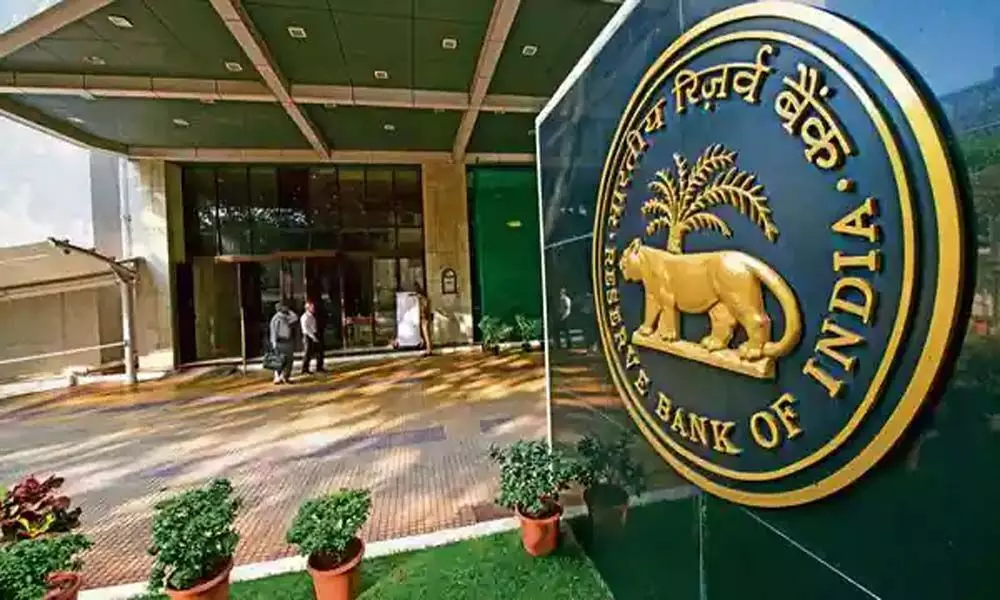RBI has infused Rs17 lakh cr in 2 yrs: Das
Indian economy well oiled with funds to deal with any challenge, says RBI Governor, while ruling out any prospect of economy falling into stagflation vortex
image for illustrative purpose

The central bank defended the rupee vigorously earlier this month by selling close to $10 bn from the reserves, making it the highest forex intervention by the monetary authority in a decade
Mumbai: There is no prospect of the economy falling into a stagflation vortex and retail inflation is expected to moderate going forward, Reserve Bank of India (RBI) Governor Shaktikanta Das said on Monday, notwithstanding fears of imported inflation given the massive spike in commodity prices, especially crude oil, after Russia invaded Ukraine last month.
Since the pandemic-hit the economy in March 2020, the central bank has pumped in a whopping Rs17 lakh crore into the economy and assured the industry that the RBI will continue to ensure that the economy is well oiled with funds. The governor further said banks at the system level are in better health now with the capital adequacy ratio at 16 per cent, and gross NPAs falling to a record low of 6.5 per cent. He said despite the headwinds arising from the Russia-Ukraine war, the economy is better placed given the high forex reserves and low current account gap. "We are comfortably placed to deal with any challenges with regard to financing the CAD, and the RBI stands committed to deal with any challenges on this front," he said.
Already retail inflation has risen to 6.07 per cent in February, crossing the upper band of the Parliamentary mandate. This is the second consecutive month in 2022 when retail inflation has crossed the 6 per cent mark having hit 6.01 per cent in January. The previous high was 6.26 per cent in June 2021. There is no prospect of the economy falling into a stagflation vortex, Das told an industry gathering organised by the CII here this evening.
He was also quick to add that he expects retail inflation to moderate going forward. Stagflation or recession-inflation is a situation in which prices rise too high but the economy slows or falls into a recession like situation and also unemployment jumps. In a similar manner, the governor also expects the rupee to remain stable.
The rupee has been the worst performer among the emerging market peers since Russia's invasion of Ukraine and plunged to a low of 77.27 early this month. Analysts expect it to test 78 to a dollar by June if the war escalates or lingers on. According to the latest RBI data, the central bank defended the rupee vigorously earlier this month by selling close to $10 billion from the reserves, making it the highest forex intervention by the monetary authority in a decade.
Under the agreement with the government the Reserve Bank has to ensure that CPI inflation remains at 4 per cent with a margin of 2 per cent on either side. Similarly wholesale price inflation in February rose to 13.11 per cent on hardening of prices of crude and non-food items, even though food articles softened. According to the CPI data the rate of price rise in the food basket was 5.89 per cent in February, up from 5.43 per cent in the preceding month. In the food basket, inflation in cereals moved up to 3.95 per cent; meat and fish to 7.45 per cent, while for eggs, the rate of price rise was 4.15 per cent during the month. The RBI has retained the retail inflation projection for FY22 at 5.3 per cent, with March quarter at 5.7 per cent on account of unfavourable base effect. The central bank has projected retail inflation for FY23 at 4.5 per cent.

